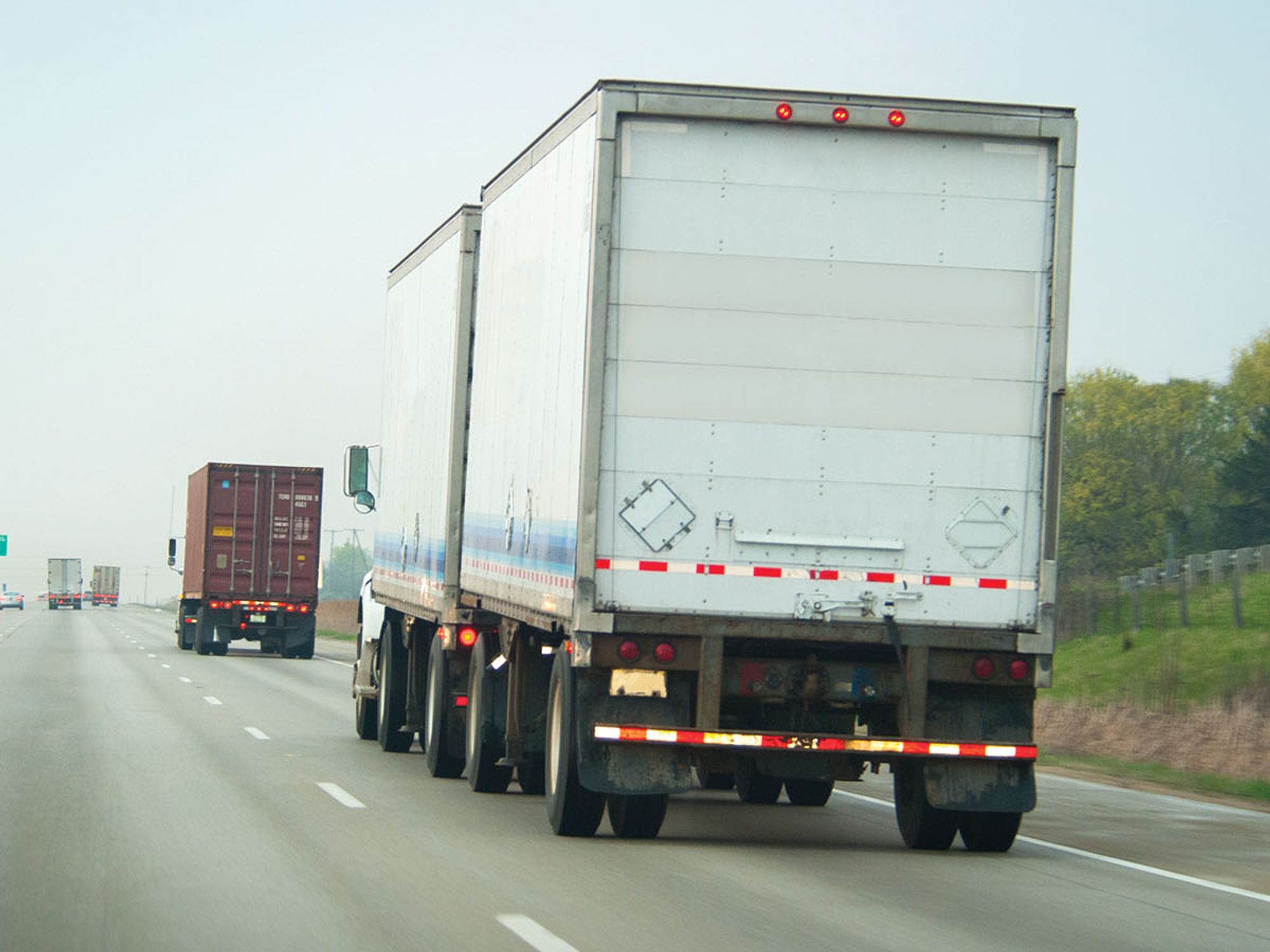Interline agreements

- Interline agreements with partner carriers help carriers service areas in which there is insufficient coverage within their operation.
- Interline agreements must be with carriers with for-hire authority and contain specific items to meet regulatory requirements.
Interline agreements allow carriers to extend their service into locations they normally do not, or cannot, serve.
There are also times when a motor carrier has freight to deliver to a destination from which there is little chance of a return load. To avoid returning empty and under utilizing their equipment, carriers may arrange to “interline” the load with another for-hire carrier for part, or all, of the trip.
Bill of lading
Loads transported in an interline service must move on a through bill of lading issued by the originating carrier. Because the freight is tendered to the originating carrier, the bill of lading is a contract between the originating carrier and the shipper. The rates charged and revenues collected from the shipper must be based on the originating carriers published or agreed rates and charges. In other words, the rates charged to the shipper must be the same as if there had been no interline.
Likewise, any rules or accessorial charges assessed against the shipper must be those of the originating carrier, regardless of any rules or charges the interlining carrier maintains. The originating carrier will be responsible, under the bill of lading, for any freight loss or damage claims submitted by the shipper.
Written contract
Under an interline arrangement, the carrier parties must have an interline contract, lease agreement, or other contractual arrangement in writing. The agreement for the interlining service must describe the specific equipment involved, the points or locations of interchange, and how the equipment will be used. The contract should state whether or not there will be charges or fees for use of the equipment or delivery of the load and what these agreed upon rates are.
Any charges between the carriers for the use of the interchanged equipment must be kept separate from the revenues paid by the shipper for transporting the freight. Other matters to clarify include who will be responsible for damage to the equipment during use in an interline movement, and how cargo loss or damage claims will be resolved. While the originating carrier is liable to the shipper for the claim, the interlining carrier bears responsibility for the goods while they are in its custody. The written interline agreement should outline how the carriers will resolve loss and damage claim issues.
Regulatory requirements
The carrier partners in the interline movement must have the necessary authority and permits to perform the transportation between the interline point and the destination. If the interline transaction involves a power unit, the “authorized” carrier receiving the load and equipment must display their US DOT number as required by 49 CFR 390.21.
Before giving up possession of the equipment, the carrier must remove all identification showing it as the operating carrier. In regulatory terms this is referred to as “interchange of equipment.” Documentation with vehicle. A copy of the interline agreement or a statement certifying the authorized interlining carrier’s operation of the equipment must be carried in the vehicle during the interline service.
The statement must identify the equipment by company or state registration number, indicate the specific points of interchange, the date and time the carrier assumed responsibility for the equipment, how the equipment will be used, and be signed by the parties to the agreement.
If only trailers or semitrailers are involved in the interline service, a copy of the agreement or statement is not required to be carried with the vehicle.
